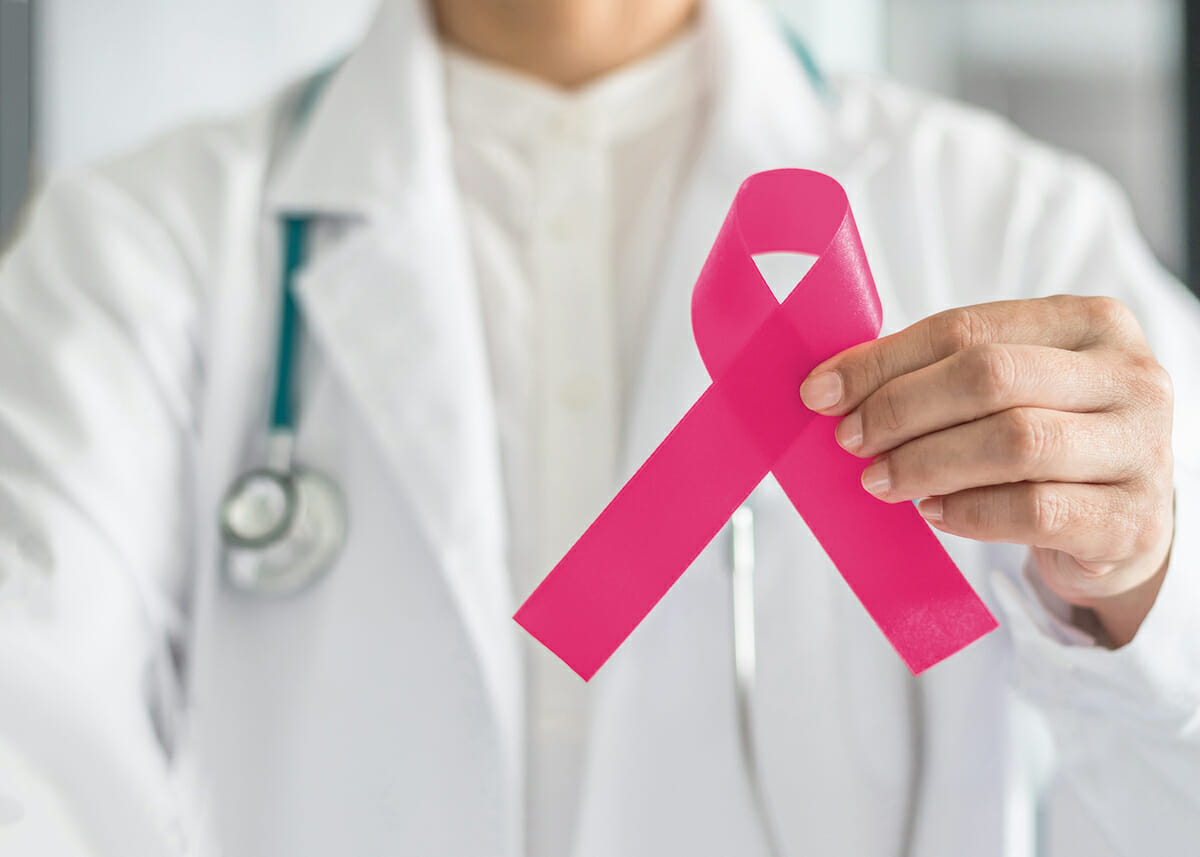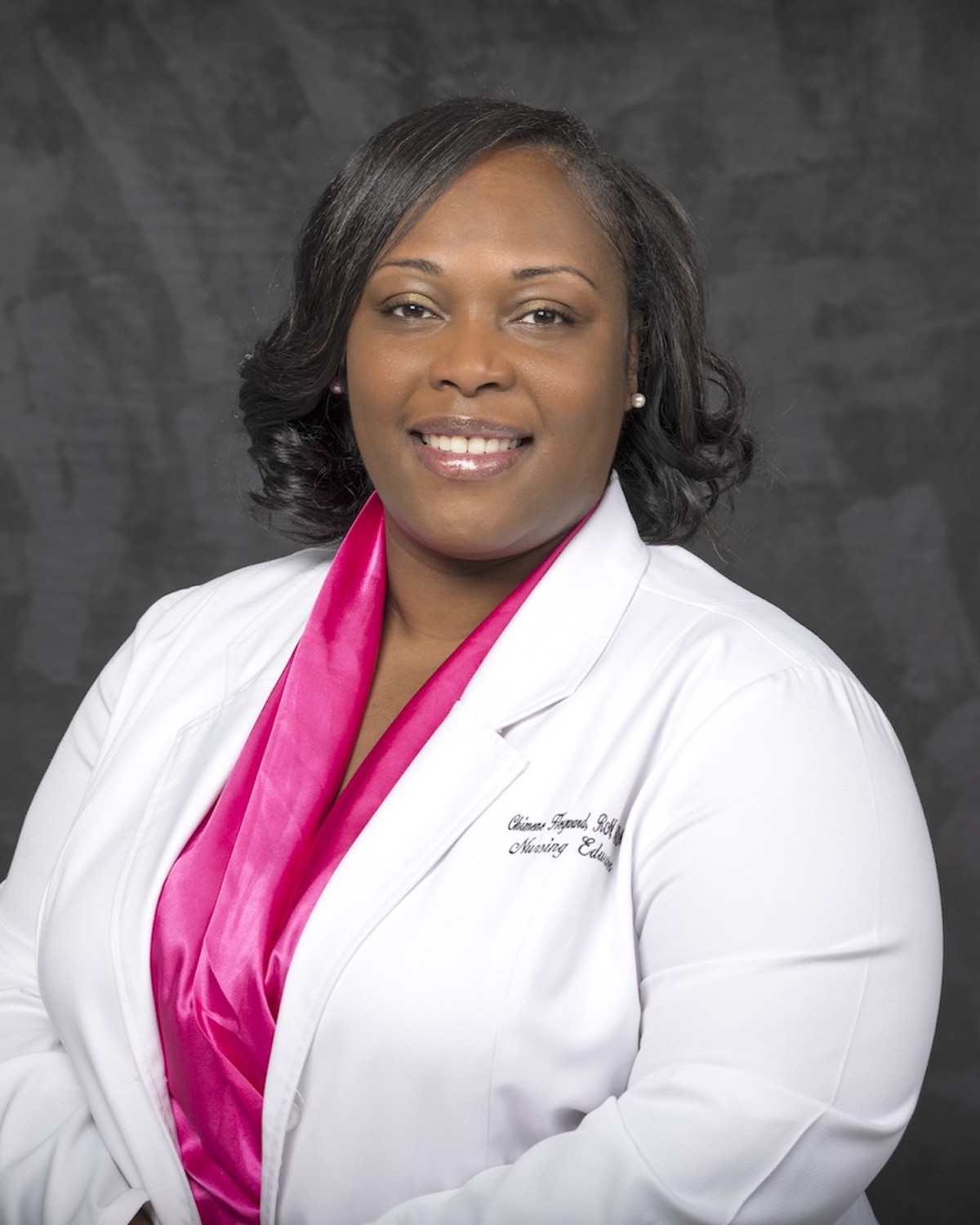Breast cancer is the second most common cancer among females in the United States. Researchers across the globe are working to find new and improved ways to prevent, detect, and treat breast cancer.
According to the Centers for Disease Control and Prevention (CDC), breast cancer is the second most common cancer to affect females in the U.S. Males can get breast cancer too, but this is rare.
The American Cancer Society (ACS) notes that approximately 281,550 females will receive a diagnosis of invasive breast cancer in 2021. It also estimates that 43,600 of those will die as a result.
However, due to increased awareness and advances in screening, treatment, and management, death rates from breast cancer decreased by 40% between 1989 and 2017. This equates to 375,900 deaths prevented within that time frame.
Knowing the history of breast cancer explains how awareness, screening, and treatment have evolved throughout the years.
Early discovery of breast cancer
According to an article in the journal BBA Clinical, the earliest descriptions of breast cancer date back to 3500 B.C.
There were many theories about the causes of breast cancer. The sections below look at some of these theories in more detail.
Humoral theory
Although theories varied from expert to expert, both Hippocrates and Galen attributed the development of breast cancer to an “excess of black bile.”
Hippocrates also believed that the body consisted of four fluids: blood, phlegm, yellow bile, and black bile. When these were balanced, a person was healthy. Having too much or too little of one or more of these fluids, however, would cause disease or cancer.
This idea persisted for 1,300 years.
Lymph theory
Eventually, the lymph theory replaced Hippocrates’ humoral theory.
The lymph theory proposed that lymph, not bile, formed cancer. Lymph is the fluid that carries white blood cells throughout the body.
In the 1700s, Scottish surgeon John Hunter supported the theory and agreed that tumors grew from lymph.
Blastema theory
In 1838, a German pathologist named Johannes Müller pushed against the lymph theory. Müller believed that cancer consisted of cells, not lymph.
Müller’s student Rudolf Virchow determined that all cells, even cancerous cells, derived from other cells. In the 1860s, a German surgeon, Karl Thiersch, noted that cancer travels around the body due to malignant cells spreading.
Early research on breast cancer
Breast cancer awareness was not a part of mainstream media until the early 20th century. In fact, breast cancer activism did not occur until individual females came forward. Support groups, and eventually political activist groups, formed later.
In the early 1970s, surgeons performed radical mastectomies routinely. Back then, surgeons considered radical mastectomies “life saving” procedures. However, when Babette Rosmond — the then-editor of Seventeen magazine — found a lump in her breast, she pushed for alternative treatment.
Rosmond became the first person to publicly challenge breast cancer treatment. This encouraged other people with breast cancer to speak up, fueling the need for more research and funding.
Breast cancer milestones
In the 19th century, advancing technologies provided hope for breast cancer treatment and research. The following are a few milestones worth noting:
1882: William HalstedTrusted Source performs the first radical mastectomy to treat breast cancer.
1895: Physicist Wilhelm Conrad Röntgen discovers the first X-ray.
1932: David H. Patey develops the modified radical mastectomy.
1937: Sir Geoffrey Keynes recommends radiation therapy in addition to surgery to spare the breast.
1976: The ACS recommends mammography as an early detection tool.
1978: The Food and Drug Administration (FDA) approves tamoxifen (Nolvadex) as a treatment option for breast cancer.
1984: Researchers discover the human epidermal growth factor receptor 2 (HER2) gene, which is linked to more aggressive breast cancer when overexpressed.
1986: Scientists successfully clone the HER2 gene.
1992: Evelyn H. Lauder co-creates the pink ribbon to create awareness for breast cancer.
1994–1995: A group of researchers discovers BRCA1 and BRCA2. People with mutated BRCA genes may have a higher risk of developing breast cancer.
1996: The FDA approves anastrozole (Arimidex) as a treatment option for breast cancer.
1998: Findings from the National Surgical Adjuvant Breast and Bowel Project Breast Cancer Prevention Trial show that tamoxifen reduces the incidence of breast cancer in at-risk individuals by 50%.
1998: The FDA approves trastuzumab (Herceptin) as a treatment option for breast cancer.
2006: Research indicates that raloxifene (Evista) reduces breast cancer risk in postmenopausal people by 76%Trusted Source.
2011: The Early Breast Cancer Trialists’ Collaborative Group meta-analysis suggests that radiation therapy reduces the riskTrusted Source of breast cancer recurrence to 16% and mortality to 4%.
2013: The FDA approves ado-trastuzumab emtansine (T-DM1) to treat HER2-positive breast cancer.
2013: Experts define breast cancer by molecular subtype: hormone receptor (HR)-positive/HER2- negative (luminal A)
HR-negative/HER2- negative (triple-negative)
HR-positive/HER2- positive (luminal B)
HR-negative/HER2- positive (HER2- enriched)
2017: The FDA approvesTrusted Source the first biosimilar drug, trastuzumab-dkst (Ogivri), for breast cancer treatment.
2019: The FDA approvesTrusted Source fam-trastuzumab deruxtecan-nxki (Enhertu) for breast cancer treatment, as it shows promise in people with HER2-positive breast cancer.
2020: The FDA approvesTrusted Source sacituzumab govitecan-hziy (Trodelvy) for treating metastatic t
Modern treatment options
Today, healthcare professionals know that breast cancer has subtypes, each of which has a different effect on the body.
Having this deeper understanding of how breast cancer works has led to more personalized treatment options and improved quality of life for both patients and breast cancer survivors.
The CDC lists the following modern treatment options for breast cancer:
Surgery: This removes cancerous tissue. There are different types of breast cancer surgeries, including mastectomies and lumpectomies.
Chemotherapy: Chemotherapy for breast cancer can shrink and kill cancer cells.
Hormonal therapy: This treatment blocks cancer cells from accessing the hormones they require to grow.
Biological therapy: Biological therapy works alongside the immune system to fight cancer cells. One example is immunotherapy.
Radiation therapy: This uses high energy rays to kill cancer cells.
Special laboratory tests, including liquid biopsies and new imaging tests, are leading the way to quicker and less invasive breast cancer detection.
The ACS lists the following imaging tests as newer experimental tests for breast cancer research:
scintimammography, which is a form of molecular breast imaging
positron emission mammography
electrical impedance imaging
elastography
Advances in modern technology not only allow doctors to detect breast cancer earlier. They also give them the ability to determine who needs chemotherapy and who does not.
Today, some people can receive treatment with hormone therapy alone.
According to the ACS, there are more than 3.8 million breast cancer survivors living in the U.S. This number includes those who are currently receiving treatment and those who have finished treatment.
Although it is not currently possible to prevent breast cancer, there are ways to lower one’s risk, including avoiding alcohol, staying physically active, and maintaining a moderate weight.
Summary
Breast cancer research has come a long way since the discovery of the condition, but there is still so much more to learn about how it forms and how to treat it effectively.
For now, early detection is the key to successfully treating breast cancer. Performing regular breast self-exams and undergoing routine screenings are two ways to go about detecting breast cancer earlier.
Source: https://www.medicalnewstoday.com/articles/history-of-breast-cancer?
Exclusive content from CARE magazine







